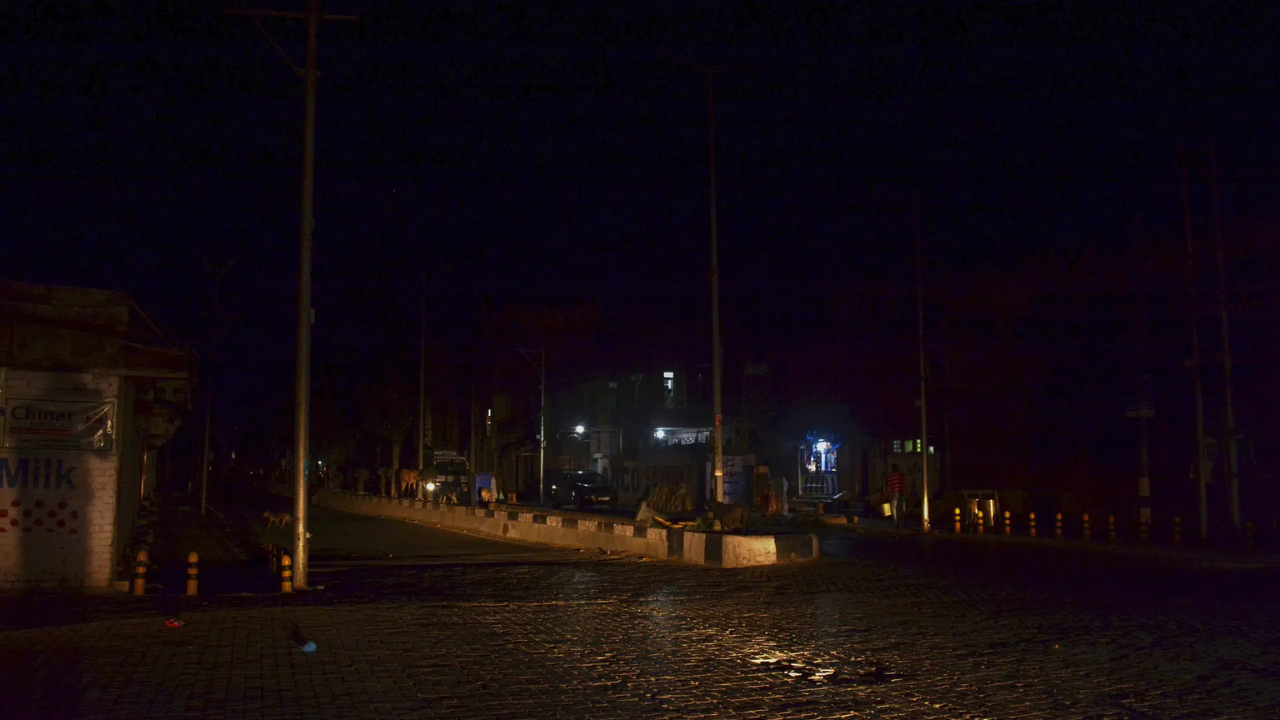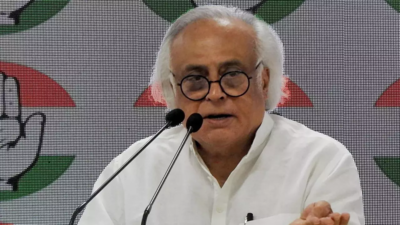NEW DELHI: In a sharp escalation of hostilities, India launched retaliatory strikes on several air defence systems and strategic targets inside Pakistan after successfully intercepting missiles and drones aimed at Indian military bases and civilian areas in the early hours of Thursday and again later that night.
“Operation Sindoor is fully underway. Pakistan Army Chief Asim Munir will not be given a face-saving exit,” a senior officer told NOG, as counter-strikes continued through the night, including forward deployment of Indian warships in the northern Arabian Sea and a complete breakdown of the ceasefire along the Line of Control (LoC).
Pakistan’s Coordinated Attack
The Indian Air Force responded swiftly after Pakistan launched a barrage of missiles and suicide drones at around 1 a.m., targeting at least 15 military installations across northern and western India. Among the targets were Jaisalmer Air Base, Amritsar, and military stations in Jammu, Udhampur, Pathankot, Samba, and Arnia. Explosions near the heavily guarded Jammu airport triggered panic in the city.
The IAF deployed Israeli-origin Harop and Harpy kamikaze drones, which operate like cruise missiles by homing in on enemy radar signals and exploding on impact. Indian forces used a combination of kinetic and non-kinetic (jamming) measures to neutralise the threats. “There were no losses,” an officer confirmed.
India’s Retaliation: Key Pakistani Sites Targeted
India’s response was swift and powerful. IAF drone strikes destroyed a Chinese-origin HQ-9 surface-to-air missile system and its associated radar in Lahore. Other strategic sites in Rawalpindi, Gujranwala, Attock, Bahawalpur, Khenju (Sindh), Miano, and areas near Karachi were also hit.
Earlier in the day, Pakistan attempted strikes on Indian Air Force bases in Awantipora, Srinagar, and Uttarlai, as well as Army installations in Jammu, Amritsar, Jalandhar, Bathinda, and Chandigarh. These were successfully repelled by India’s layered air defence systems, spearheaded by the Russian-made S-400 ‘Triumf’.
Government’s Stand: Measured But Resolute
Defence Minister Rajnath Singh told an all-party meeting that India had always shown restraint and preferred dialogue. “But if anyone mistakes our restraint for weakness, they will face the kind of response seen yesterday,” he said.
Foreign Secretary Vikram Misri echoed the sentiment, saying, “The Pahalgam massacre was the original act of escalation. India’s response has been precise, measured, and non-escalatory. Any further aggression by Pakistan will be responded to with appropriate force.”
Clear Red Lines
Senior officers, including Colonel Sofia Qureshi and Wing Commander Vyomika Singh, clarified during a press briefing that Wednesday’s Operation Sindoor deliberately avoided Pakistani military targets and was limited to nine verified terror hubs.
“It was made clear that any attack on Indian military assets would invite a proportionate response. Thursday’s action reflected that resolve,” said Wing Commander Singh.
Heavy Cross-Border Fire Continues
Pakistan intensified ceasefire violations across the 778-km LoC, using mortars and heavy artillery in Kupwara, Baramulla, Uri, Poonch, Mendhar, and Rajouri. Sixteen civilians—including three women and five children—were killed in the shelling.
“India was compelled to respond to silence the Pakistani guns. Our commitment to non-escalation remains, provided Pakistan respects it,” said Col Qureshi.
Read also: https://newsonthego.in/army-thwarts-pakistans-swarm-drone-incursion-across-loc/




